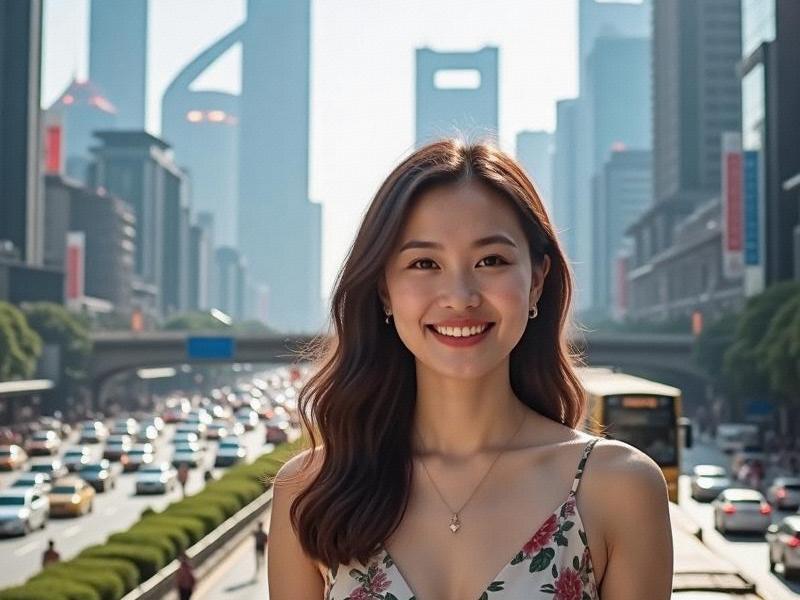This investigative feature explores how Shanghai women have developed a distinctive urban aesthetic that blends Chinese traditions with global influences, creating a new paradigm of Asian femininity.

Section 1: The Shanghai Aesthetic DNA
Historical influences shaping today's standards:
• 1920s Shanghai glamour (qipao era)
• 1980s reform and opening-up fashion liberation
• 2000s Korean wave absorption
• 2020s global-Chinese fusion
Section 2: The Modern Shanghai Woman Profile
Statistical portrait:
- Average monthly beauty spending: ¥2,800 ($400)
- Most popular cosmetic procedures:
1. Double eyelid surgery (38%)
2. Skin whitening treatments (29%)
3. Non-invasive face shaping (22%)
上海龙凤419手机 - 72% use both Western and TCM beauty methods
Section 3: Neighborhood Style Tribes
Distinct fashion districts:
1. French Concession - Bohemian chic
2. Jing'an - Power office wear
3. Xintiandi - Luxury label showcase
4. Tianzifang - Artsy eclectic
5. Pudong - Futuristic minimalism
Section 4: The Beauty Economy
Market breakdown:
• ¥15B annual beauty industry revenue
上海花千坊爱上海 • 3,800+ beauty salons citywide
• 42 international beauty brands' China HQs
• 18 homegrown cosmetic brands valued over ¥1B
Section 5: Digital Beauty Revolution
Tech transformations:
- AI makeup assistants
- AR try-on platforms
- Livestream beauty commerce
- Skincare algorithm apps
Section 6: Cultural Contradictions
Ongoing tensions between:
419上海龙凤网 • Natural beauty vs enhancement
• Western standards vs Asian features
• Youth obsession vs mature elegance
• Individuality vs social conformity
Future Trends Emerging
Next-wave developments:
- Sustainable beauty movement
- Gender-fluid aesthetics
- High-tech personalized skincare
- Heritage beauty revival
Shanghai women continue to redefine Chinese femininity, creating a dynamic beauty ecosystem that both reflects and shapes the city's position as Asia's style capital.